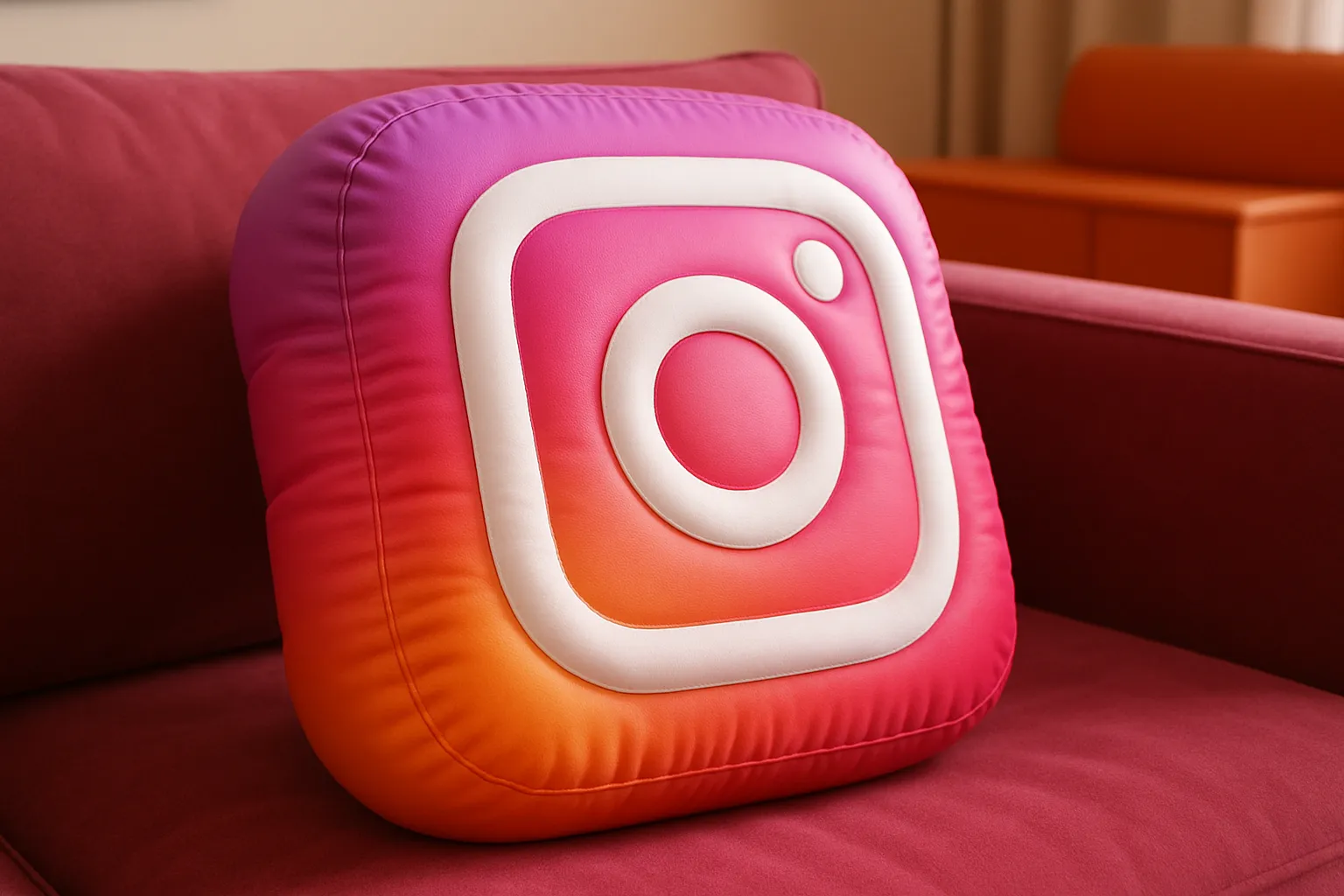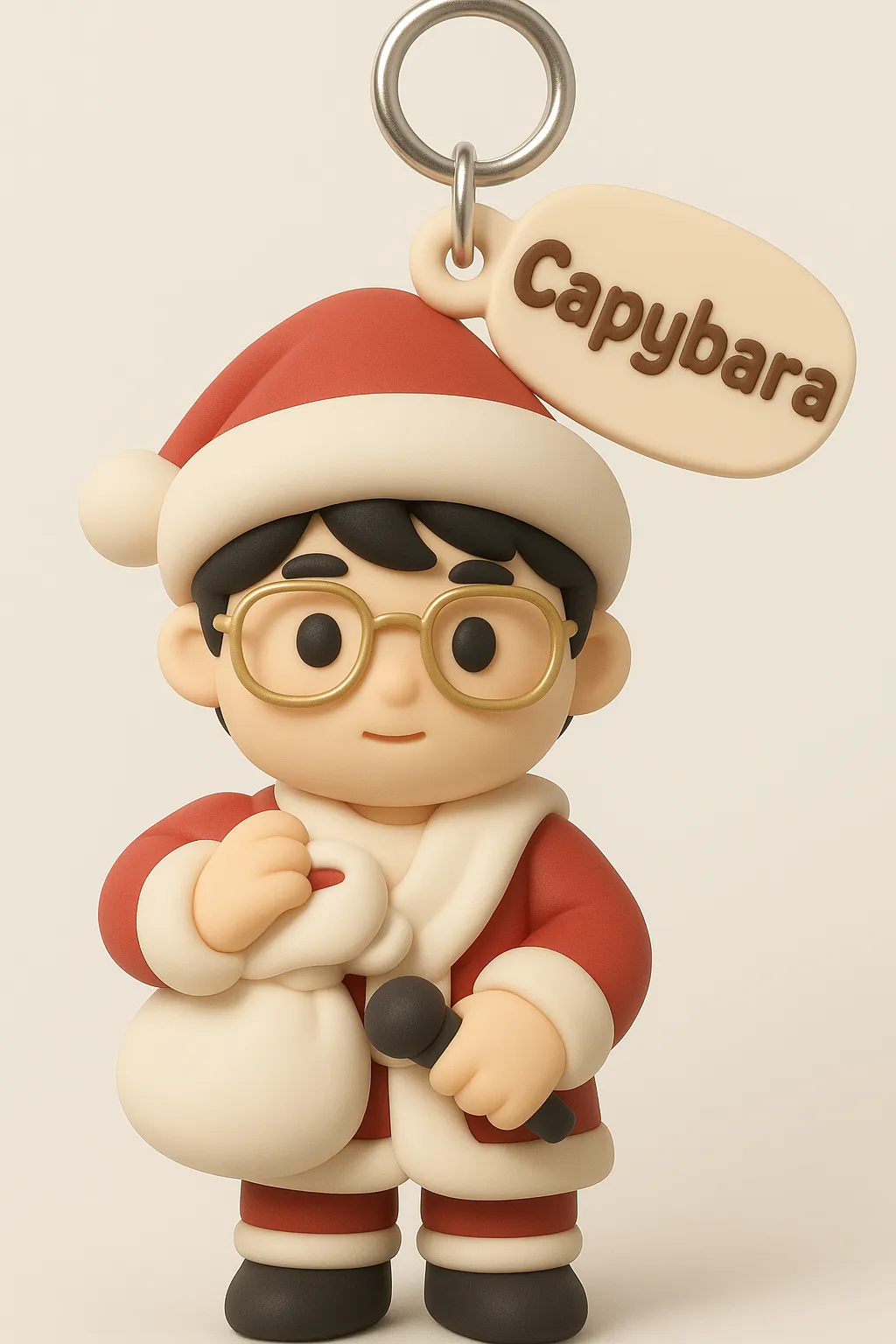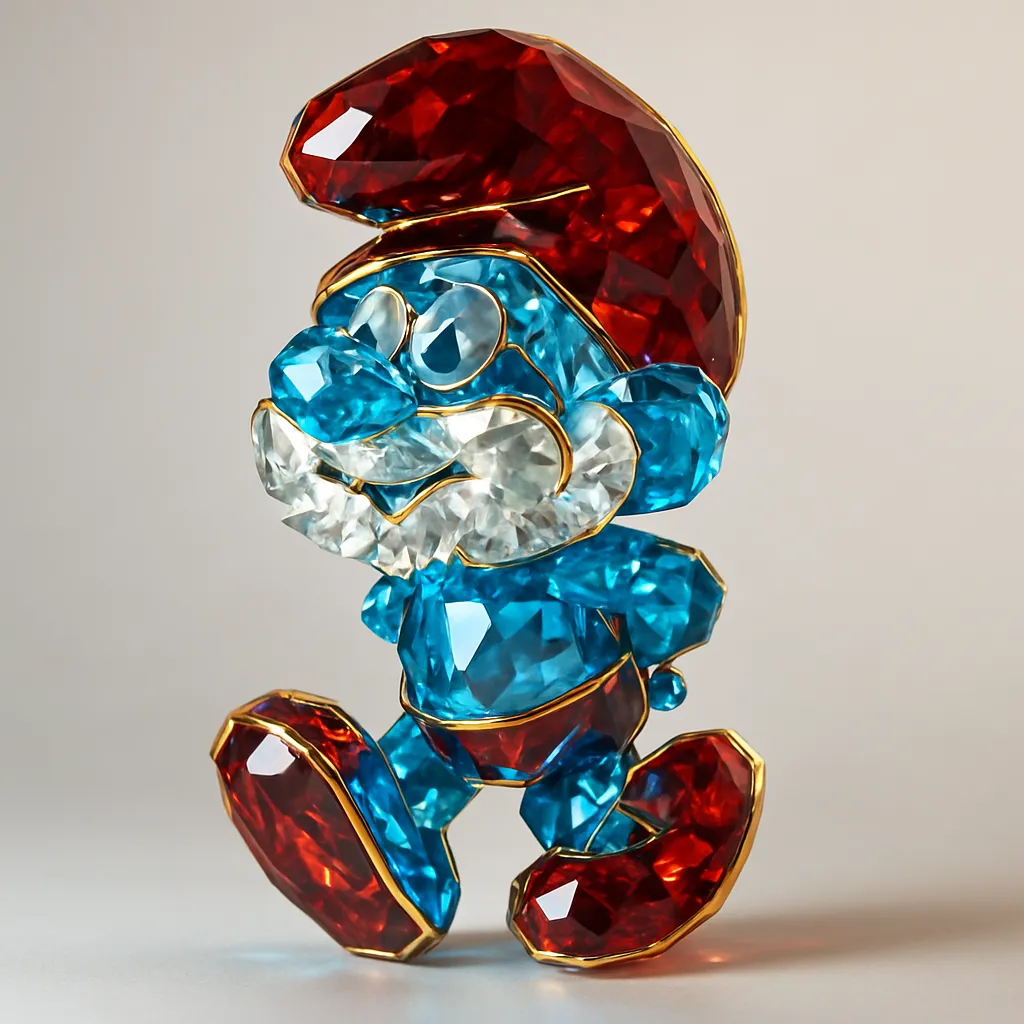Certainly! Below is a comprehensive data-driven, value-based pricing strategy for your premium handcrafted scented candle set, designed to balance market competitiveness and profitability while resonating with your target audience.
1. Competitive Benchmarking Against Key Players
| Brand | Price per 3-Candle Set | Product Positioning | Customer Perceived Value Drivers |
|---|---|---|---|
| P.F. Candle Co | $38 | Trendy, affordable, reliable quality | Known for aromatherapy scents, accessible price point |
| Boy Smells | $52 | Edgy, unisex scent profiles, niche appeal | Unique scents, lifestyle branding, eco-conscious materials |
| Otherland | $65 | Premium, luxe packaging & fragrance blends | High-end gifting focus, visually stunning, aspirational brand |
Analysis:
- Your product is positioned as premium (handcrafted ceramics + soy + essential oils + eco-conscious), aligning with the upper-mid to premium tier.
- Competitors show a price spread of $38–$65, with P.F. Candle Co at the entry level, and Otherland at the high-end.
- Your cost per unit = $18, which suggests a gross margin at certain price points that can sustain marketing & overhead.
2. Ideal Price Point Based on Perceived Value and Cost
Pricing calculation parameters:
- Cost: $18
- Target gross margin: 55-65% (typical healthy range for DTC lifestyle brands)
Price-margins benchmark:
| Price | Gross Margin % | Profit per unit |
|---|---|---|
| $45 | 60% | $27 |
| $50 | 64% | $32 |
| $55 | 67% | $37 |
| $60 | 70% | $42 |
Proposed base price: $55
Rationale:
- Positioned between Boy Smells ($52) and Otherland ($65), reflecting the premium handcrafted + eco-conscious value.
- Margin (~67%) supports brand growth, customer acquisition, and ongoing investments.
- Aligns with the target demographic’s willingness to invest in boutique wellness and design-focused products.
- Also supports bundling and discount strategies without eroding profitability.
3. Discount Ladders
| Discount Type | Details | Pricing Impact | Rationale |
|---|---|---|---|
| Launch offer | 15% off first orders (limited time) | $55 → ~$47 | Encourage trial with compelling initial value |
| Bundle discount | Buy 2 sets, get 10% off | $110 → $99 | Increase AOV (Average Order Value) & gift purchases |
| Seasonal promos | 20% off during key gifting seasons (e.g., Christmas, Mother’s Day) | $55 → $44 | Stimulate demand in peak buying periods |
| Loyalty discount | 10% off for returning customers | $55 → $49.50 | Enhance retention and CLV |
4. A/B Test Price Sensitivity Suggestions
Experimental variants:
- Test 1: $52 vs $55 – Are customers willing to pay above Boy Smells price point for premium value?
- Test 2: $55 vs $59 – Testing upper tier psychological threshold below $60 target.
- Test 3: $47 (launch discount) vs $50 – Measure price responsiveness at entry levels.
Metrics to track:
- Conversion rate % per variant
- Average order value
- Sales volume per price point
- Customer feedback/qualitative data through surveys
5. Psychological Pricing Tactics
- Charm pricing: Set final price at $59 rather than $60 to create perception of better value ("just under $60").
- Anchoring: Display original price as "$65 retail value" (suggested MSRP, based on Otherland pricing) and offer at $59 — emphasizes 9% discount softly.
- Price tiers: Show options in increments (e.g., single candle $20, 3-pack $59) to frame 3-pack as best value.
- Urgency faceting: Use phrases “Limited edition” or “Handcrafted in small batches” to increase scarcity value perception.
6. Promotional Triggers
- Urgency: Real-time countdown timers on product pages during promotions.
- Scarcity: Display “Only 50 sets left in stock” or “Limited monthly production”.
- Social proof: Show how many people have bought or are viewing candles ("23 people bought in last 24 hours").
- Time-limited offers: “Ends in 2 hours” flash sales during peak traffic times.
7. Plan for Ongoing Optimization
| Element | Tool/Method | Frequency | KPI / Metric |
|---|---|---|---|
| Price Elasticity | A/B Testing (Optimizely, Google Optimize) | Quarterly | Conversion rate, revenue, AOV |
| Competitor Pricing | Price monitoring tools (Prisync, Price2Spy) | Bi-weekly | Price positioning, promo activity |
| Customer Feedback | NPS surveys, post-purchase reviews | Monthly | Perceived value, price satisfaction |
| Sales Analytics | Shopify Analytics, Google Analytics | Weekly | Revenue, unit sales, promo impact |
| Stock & Inventory | Inventory management systems | Weekly | Scarcity triggers effectiveness |
Updating Strategy: Use data to adjust price points +/- 5% quarterly and tweak promotional messaging to maximize profitability and market share.
Summary
| Strategy Component | Recommendation | Rationale |
|---|---|---|
| Price Point | $55 base, $59 charm price | Premium, competitive with strong margin |
| Discount Ladder | Launch 15% off, bundles 10%, seasonal 20% off | Drives trial, increases AOV, supports seasonal gifting |
| Psychological Pricing | $59 vs $60, anchoring $65 MSRP | Increases perceived value, frames discounts effectively |
| Promotional Triggers | Scarcity + urgency messaging | Creates purchase urgency tailored to boutique audience |
| Ongoing Optimization | Quarterly A/B tests + competitor scans | Ensures responsive, data-driven pricing |
This strategy strikes a balance between profitability and market positioning in the boutique wellness space. It appeals to your eco-conscious, aesthetic-driven US women aged 25–40 by reinforcing quality and exclusivity while offering incentives to buy and try.
If you'd like, I can help draft messaging examples or outline a launch pricing calendar next.
Inputs used
Develop Pricing Strategy
Prompt body
Similar prompts
- Personalized AI mockup customization tailored to specific POD niches (e.g., t-shirts, mugs) beyond generic templates to increase value perception.
- Developing a freemium tier with more functional features to reduce churn among free-tier users and act as a more effective acquisition funnel.
- Embedding viral/referral growth loops directly inside the product experience (e.g., shareable mockups with Leavoo branding discounts for referrals).
- Integration with additional POD platforms beyond Shopify and Etsy (e.g., WooCommerce, BigCommerce, Amazon Merch), expanding TAM.
- Pricing experimentation leveraging usage-based or tiered credit models aligned with POD seller sales cycles rather than flat subscriptions.
- Adding team/collaboration features targeting small seller collectives or design agencies that service POD sellers.
- Building a community-driven marketplace for user-created mockup templates, creating network effects and increasing engagement.
- Optimizing paid acquisition using first-party data and LTV-driven bidding models to counter rising CAC and compete with free AI mockup entrants.
- https://placeit.net/pricing
- https://smartmockups.com/pricing
- https://mockupworld.co
- https://artboard.studio/pricing
- https://www.canva.com/pricing/
- https://www.printful.com/mockup-generator
- Various industry forums (Reddit r/printondemand, IndieHackers threads)
- Shopify and Etsy app store reviews and competitor app integrations
- TikTok marketing channel trend analysis reports (2023-2024)











